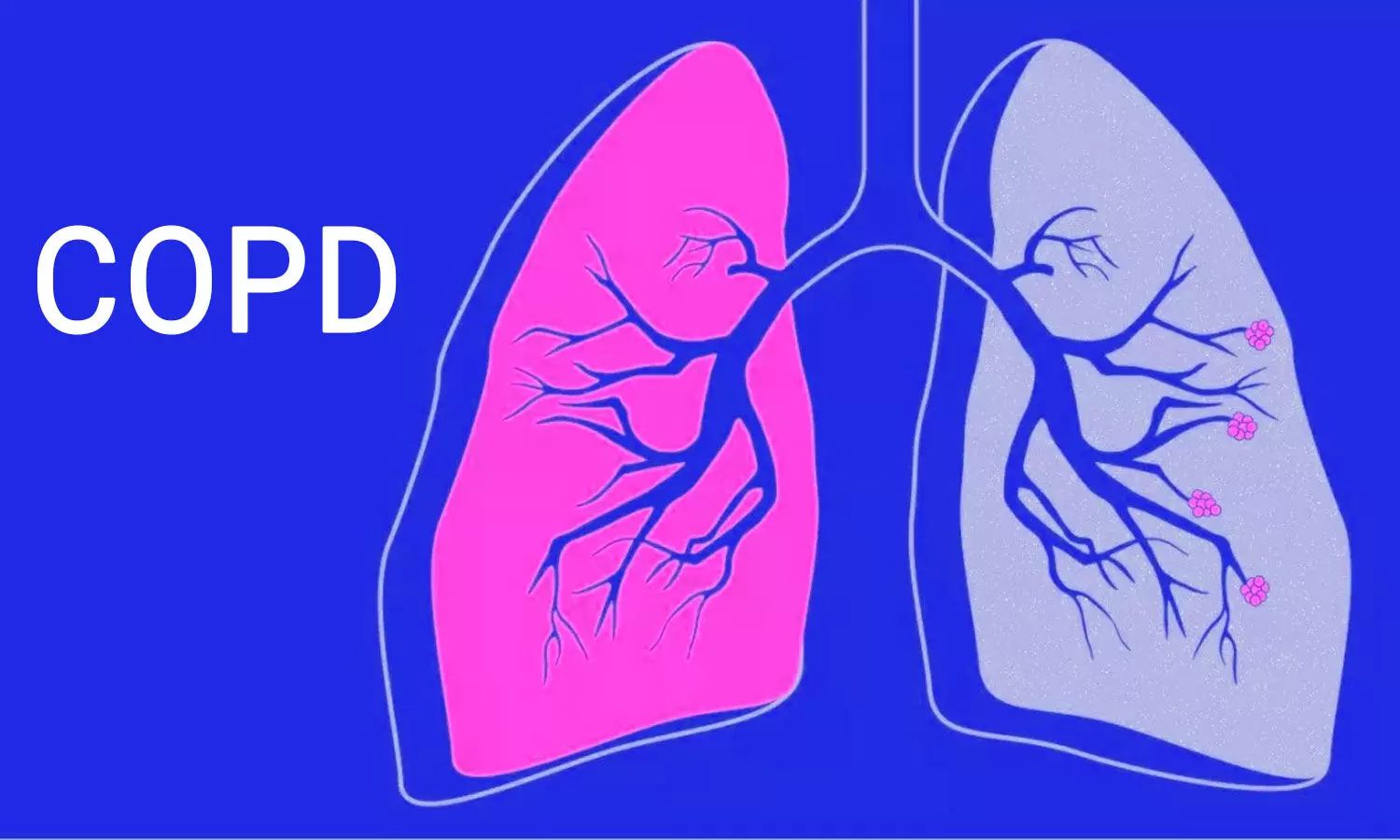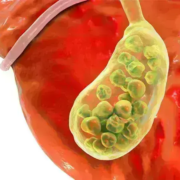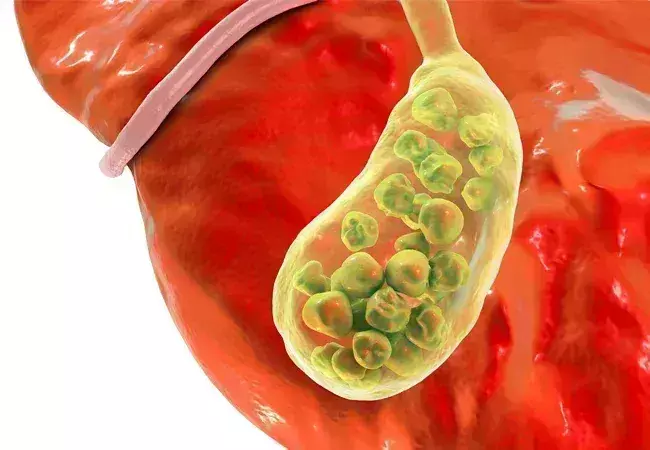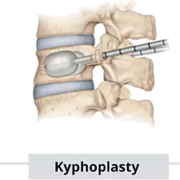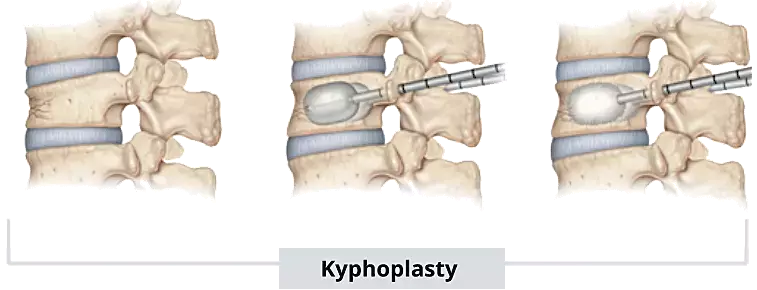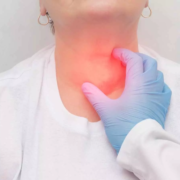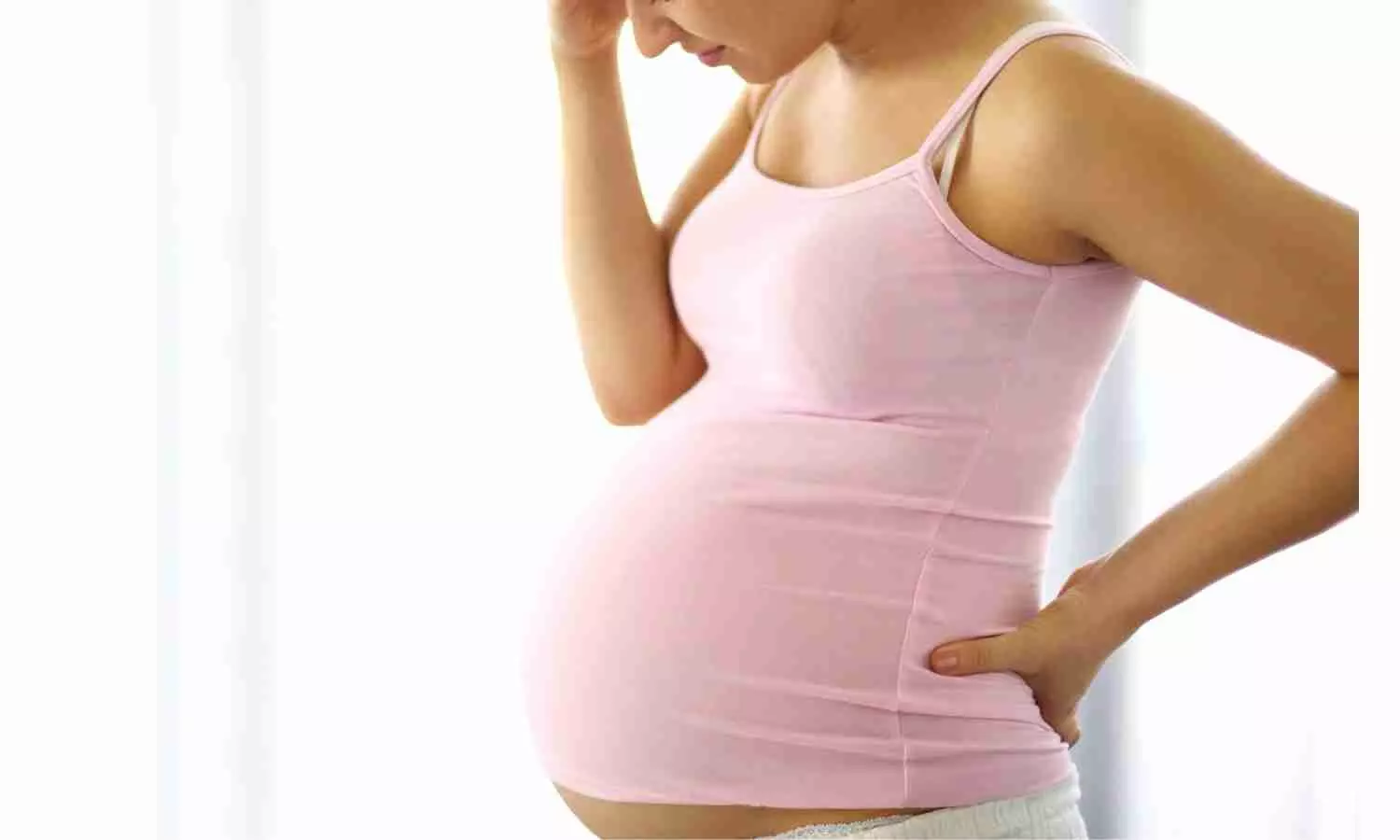
For decades, oral healthcare has mainly focused on preventing cavities and gum disease. However, scientific research has increasingly highlighted the importance of the oral microbiome – a set of microorganisms that naturally inhabit the oral cavity. Recent studies have shown links between imbalances in this microbial ecosystem and the development of head and neck cancers, as well as a growing body of evidence associating it with colorectal cancer.
Fusobacterium nucleatum is one of the microbial species that has attracted the most attention from the scientific community. It is a bacterium that is normally found at low levels in the oral flora of healthy individuals. However, its uncontrolled proliferation has been associated with inflammatory diseases, such as periodontitis, and other oral health issues. More recently, it has been linked to an increased risk of developing malignant tumors in other parts of the body.
A few years ago, researchers from the Hospital de Amor (formerly the Barretos Cancer Hospital) in the state of São Paulo became interested in the association of F. nucleatum with tumors and began studying its role in colorectal cancer. Recently, with support from FAPESP and other funding agencies, the group expanded its research to investigate its potential role in head and neck tumors. They discovered that the presence of the bacteria is associated with a better prognosis and longer survival in these cases. The results were published in the Journal of Oral Microbiology.
The study, led by Rui Manuel Reis, scientific director of the Teaching and Research Institute at Hospital de Amor, used an ultrasensitive methodology (digital PCR) to detect the presence of F. nucleatum in tumor tissue. The researchers analyzed 94 samples from patients with different types of head and neck cancer who were treated at the institution.
“We performed the intratumoral analysis using paraffin-embedded archival material that was initially used for the diagnosis of these patients,” Reis explains. “Using more traditional methodologies, it’d be difficult to identify the presence of this bacterium with the same precision in degraded material such as paraffin. However, the ultra-sensitive PCR technique offers high reliability and sensitivity – even minimal traces of bacterial DNA can be detected,” he points out.
According to the researcher, the difference was detecting the bacteria inside the tumor cells, a surprising finding. “If we analyze a person’s saliva, we’re likely to find this bacterium since it’s normally present in the oral cavity and makes up the dental biofilm. What we didn’t expect, however, was for it to be located within the tumor microenvironment,” Reis points out.
Better prognosis
Over the course of approximately five years, the researchers monitored the patients’ clinical data and found that the presence of F. nucleatum in the tumors was associated with a more favorable prognosis. The bacterium was identified in 59.6% of cases, with a higher prevalence in oropharyngeal tumors (62.1%) than in tumors of the oral cavity (53.6%).
Patients whose tumors contained the bacteria had an average survival rate of 60 months, while those without the bacteria lived an average of 36 months – a significant difference. “We didn’t expect this result because, in other types of cancer such as colorectal cancer, the presence of these bacteria is usually associated with greater aggressiveness and lower survival,” says Reis.
Despite this promising finding, researchers still do not fully understand why the presence of F. nucleatum is associated with a better prognosis in head and neck cancer cases. One hypothesis is that the bacterium regulates immune factors, boosting the immune system’s response and making the tumor less aggressive. “We don’t have this answer yet, but we’re going to investigate further. That’ll be the next step,” says the researcher.
Another line of study will seek to understand whether the presence of F. nucleatum in tumors influences the response to therapies. This could pave the way for more personalized approaches to treating these patients. If confirmed, F. nucleatum could become an important biomarker for head and neck cancer prognosis.
“We showed that even using old material and in small quantities, we were able to detect this bacterium. In other words, if it’s validated as a biomarker in the future, we already have an effective technique for identifying it in tumor tissue,” Reis points out.
A possible oncobacterium?
According to Reis, analyzing the oral microbiome is becoming essential to understanding modern oncology. “Rather than presenting a definitive result, this pioneering study draws attention to the relevance of this bacterium in tumor development, not just oral disease,” Reis said.
This is just the beginning of a new line of research. “This bacterium is emerging as an important modulator in the context of cancer and could solidify the use of the term ‘oncobacterium,’” Reis says. “If proven to be involved in the origin of cancer, antibiotics could be considered a complementary therapy to chemotherapy and radiotherapy.”
Future research could reveal whether the presence of F. nucleatum is related to different treatment responses, paving the way for more personalized strategies. With this knowledge, we will be able to more precisely identify which therapies are potentially most effective for each type of cancer based on the presence or absence of the bacterium.
The disease in Brazil
Head and neck cancer is a group of malignant tumors that can appear in the mouth, oropharynx, larynx, nose, sinuses, nasopharynx, eye socket, neck, and thyroid. According to the National Cancer Institute (INCA), the main risk factors are smoking, alcoholism, HPV infection, poor oral hygiene, and malnutrition.
INCA data shows that approximately 80% of cases diagnosed in Brazil between 2000 and 2017 were identified in advanced stages, significantly reducing the chances of successful treatment. These figures underscore the importance of strategies for early diagnosis and the development of new prognostic tools, as discussed in this study.
Reference:
Datorre, J. G., dos Reis, M. B., Sorroche, B. P., Teixeira, G. R., Hatano, S. S., de Carvalho, A. C., … Reis, R. M. (2025). Intratumoral Fusobacterium nucleatum is associated with better cancer-specific survival in head and neck cancer patients. Journal of Oral Microbiology, 17(1). https://doi.org/10.1080/20002297.2025.2487644
